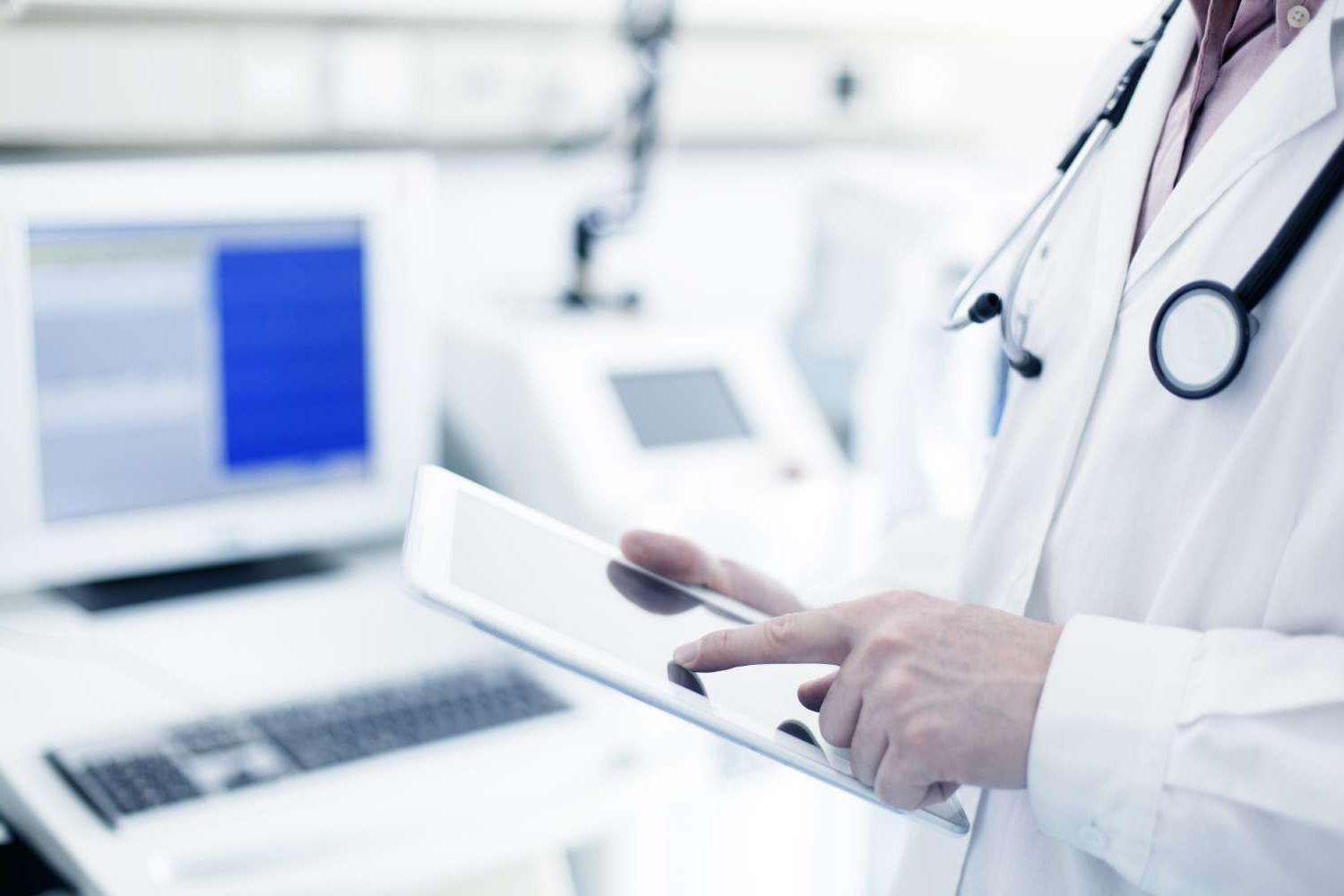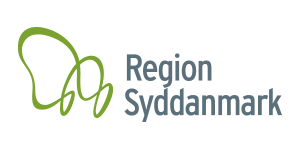- Customer Success Stories
- The Region of Southern Denmark

Artificial intelligence provides an overview of hospital-acquired infections

SAS helps the health sector reduce hospital acquired infections

AI
technologies increases patient safety
The Region of Southern Denmark achieved this using • SAS® Visual Data Mining and Machine Learning • SAS® Text Analytics.
High-quality AI technologies and deep insights are backbone for the first complete system for monitoring infections
The Region of Southern Denmark, with help from SAS, has become the first place in the world to implement a complete system for monitoring hospital-acquired infections. Professor Jens Kjølseth Møller at Lillebaelt Hospital is the brain behind the new system, which is made possible by SAS® Analytics software. Professor Jens Kjølseth Møller expects the system to reduce the number of infections during hospitalization by one-third, significantly increasing patient safety.
“It is unsatisfying that patients admitted to Danish hospitals are at risk of further illness. The work of providing a high degree of patient safety and good infection hygiene is therefore a key focus area for the Region of Southern Denmark. We now have a tool that can monitor and predict the risk of hospital-acquired infections at a patient level.” Says Peder Jest Medical Director, Odense University Hospital, the Region of Southern Denmark
The challenge: It is estimated that every 10th patient is affected by an infection while hospitalized, and that over 3,000 patients in Denmark per year die because of their infections. But until now, no one knew the actual infection rates, or exactly when and where to make a precise effort to prevent them. Now all hospitals in the Region of Southern Denmark have access to the new monitoring system that provides a complete picture of hospital-acquired infections at a patient level.
The system is the result of pioneering Danish work that connects many years of clinical experience with modern technology. Danish hospitals found it unacceptable that admitted patients were at risk of further illness. The work of providing a high level of patient safety and good infection hygiene were therefore key areas to focus on for the Region of Southern Denmark.
“Now we have a tool that can monitor hospital-acquired infections. With that we can make sure, and even make it transparent and well documented, that we do everything we can to prevent these unwanted infections,” says Peder Jest, Medical Director at Odense University Hospital. “This means that our clinical managers are enabled to monitor their efforts and create better results because the system tells them where to look. This is a new era in the work of reducing hospital-acquired infections.”
The first complete system for monitoring infections
Professor Jens Kjølseth Møller at Lillebaelt Hospital had earlier developed a system that was able to present an overview of the number of infections. This system used local data from one hospital only in the region. But it was not complete because it couldn’t at that time include unstructured clinical information on infections recorded in patient journals by doctors and nurses.
The Region of Southern Denmark decided to work with SAS primarily for two reasons: great experience with high-quality AI technologies and deep insights into the health care sector.
The technology dictates rules and clinical terms. These are the so-called “triggers” that can identify signs of infection in patients. It is the first time worldwide that a system based on artificial intelligence has provided a complete overview of hospital-acquired infections.
In the future, all patients admitted to hospitals in the Region of Southern Denmark will be scored for their risk of developing a urinary tract infection while admitted to the hospital. This will enable doctors and nurses to respond in time and prevent some of the unwanted hospital infections. The risk models are developed with AI based on 284,000 previous patient cases in the region.
” We know how many infections there have been for a specific period in a particular department,” says Professor Jens Kjølseth Møller. “We changed our work procedures from handling much of the data ourselves to get a management tool from SAS. This management tool can be used by both clinicians and administrators. We deliver raw data to the SAS system, and the system presents the information gathered from the data in a way that clinicians are used to understanding and acting on.”
Within SAS® Visual Data Mining and Machine Learning Artificial intelligence helps predict which patients have an increased risk of developing hospital-acquired infections during hospitalization. The infection monitoring overview is displayed through the region's management information portal, where doctors and departmental managers are used to retrieving other information.
We changed our work procedures from handling much of the data ourselves to get a management tool from SAS. Professor Jens Kjølseth Møller Lillebaelt Hospital
More hospitals want to monitor their hospital-acquired infection rates
Clinicians in hospitals in the Region of Southern Denmark could, for the first time in 2018, draw reports of all infections. The solution allows hospital and departmental management to monitor the development of hospital-acquired infections with overview and development reports over time at the hospital, departmental and sectional levels.
“The knowledge we receive about patients today is the knowledge that will help prevent infections for patients tomorrow,” says professor Jens Kjølseth Møller. It will help us also work much more actively with what we call intervention, where we try to change routines to see if we can do better than what we do now.”
The professor is not only popular at Lillebaelt Hospital. Jens Kjølseth Møller is being contacted from all corners of the world, especially the United States, Denmark’s neighbours and by hospitals who are interested in the new monitoring system. Here the big challenge is mostly how the system can be adapted to those countries that do not have an individual registry system in line with Danish CPR numbers (Central National Register).
For more information, please contact Morten Krogh Danielsen from SAS at +45 7028 2648.
The Region of Southern Denmark – Facts & Figures
284,000
previous patient cases in the Region of Southern Denmark were used to develop risk models with AI
Lillebaelt Hospital
is one of 5 hospitals in the Region of Southern Denmark
The Region
of Southern Denmark’s main responsibility is Public Healthcare
The results illustrated in this article are specific to the particular situations, business models, data input, and computing environments described herein. Each SAS customer’s experience is unique based on business and technical variables and all statements must be considered non-typical. Actual savings, results, and performance characteristics will vary depending on individual customer configurations and conditions. SAS does not guarantee or represent that every customer will achieve similar results. The only warranties for SAS products and services are those that are set forth in the express warranty statements in the written agreement for such products and services. Nothing herein should be construed as constituting an additional warranty. Customers have shared their successes with SAS as part of an agreed-upon contractual exchange or project success summarization following a successful implementation of SAS software. Brand and product names are trademarks of their respective companies.

